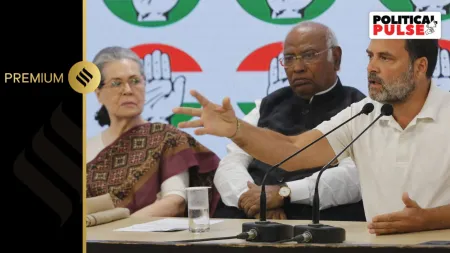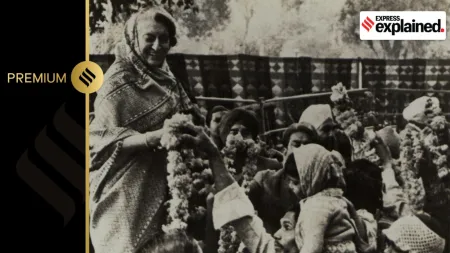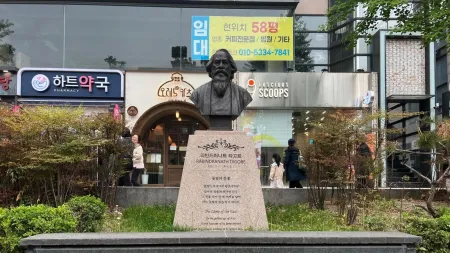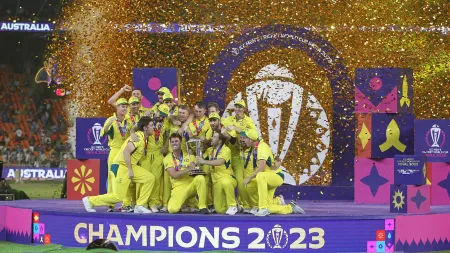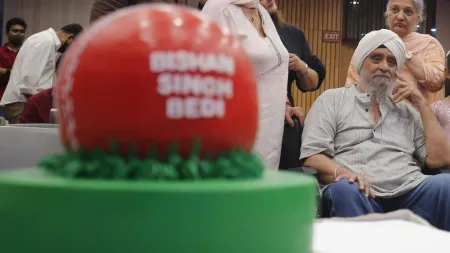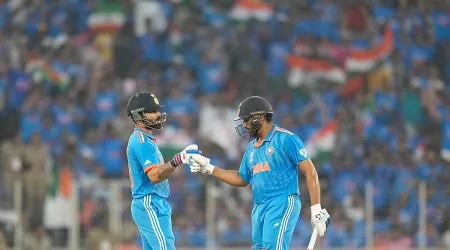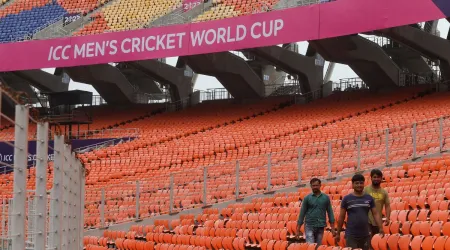- India
- International
Who will run cricket now — and how: Board of Change for Cricket in India
Five recommendations of the Supreme Court’s Lodha Committee that will transform the way cricket is administered in India — and what could go wrong
 The Lodha Committee has had its way, from selection to election. File Photo
The Lodha Committee has had its way, from selection to election. File Photo
FIXING AGE and tenure limits for office-bearers, forcing 30 state associations to reform and ensure accountability, and breaking the political nexus that held sway. The Supreme Court-mandated Lodha Committee has begun to institute drastic structural changes in the way the Indian cricket board functions. So how will the game be run from now and who will do it?
One state gets only one vote
What happened, what went wrong?
The northeast associations didn’t have votes and some states like Gujarat and Maharashtra, which have played a vital role in the game’s development, had more than one association and votes.
This resulted in the ganging-up of associations in various zones and led to a few men in power garnering and using votes to suit their interests — especially, when zonal rotation for key posts was in play. For instance, even when candidates for presidency weren’t all that popular and were seen as controversial, all they needed was to arm-twist a few associations from their zones and few smaller ones they had favoured in the past.
What will change, and how?
Every state will get full-member status and voting rights. States with multiple associations, like Gujarat and Maharashtra, will vote by rotation.
This is rather harsh on states like Maharashtra and Gujarat with multiple associations. Take the case of Mumbai, which has played a historic role in developing Indian cricket. Now coupled with the Maharashtra association, it will get to vote and have a say in cricket affairs only once in two years. Baroda and Saurashtra in Gujarat share the same fate.

On the other side, the Northeast states, which have had a minor presence in India’s cricketing topography, get five new members and five votes — Nagaland, Mizoram, Manipur, Meghalaya and Arunachal Pradesh. With hardly any cricketing background in these regions, the danger is that influential powerbrokers can woo these units to support them. It’s also likely that the political parties ruling these states would have a say in who runs the show.
Old are out, no ministers please
What happened, what went wrong?
There were no age and tenure limits, which led to a situation where those physically and mentally unfit for a responsible post ended up in the highest echelons in the cricketing body. The lack of a tenure limit meant that people got so entrenched in the system that they became the system itself. This has also meant the end of the road for BCCI old-hands like N Srinivasan, Sharad Pawar, Niranjan Shah, IS Bindra, M P Pandove, Karnataka cricket head Ashok Anand and Assam secretary Ashirwad Behara, just to name a few.
As for ministers, the presence of some of them on the board, unsurprisingly, led to the politicisation of cricket, where votebanks were created and favoured at the cost of merit and effective governance. There’s also the question of how much time these ministers could devote to cricket. One of the biggest names on the board was Sharad Pawar, who was the BCCI president when he was the Union agricultural minister.
What will change, and how?
No official over the age of 70. Politicians have not been barred but there’s no place for ministers and government servants. No more consecutive terms, only three-year terms followed by a three-year cooling period. No official can be in power for more than a total of nine years.
This promises to be the biggest step in professionalising the board, and it’s easy to understand the rationale behind this decision: ensure that no one clings to power and ends up abusing it. The tenure limits, though, could prove tricky. The three-year terms and three-year cooling periods could affect continuity. Just as people gain experience in a post, they would have to relinquish, leaving another to learn on the job. It also presents a revolving-door situation at the helm and impacts accountability, to an extent.
Eliminate bias, only 3 selectors
What happened, what went wrong?
There used to be five selectors, one from each zone. Considering the size of the country, and the reach of cricket, it makes sense to have five people who can reach all corners. In theory, more men meant more domestic matches could be viewed and more performances tracked. But there was a catch. Zonal representation led to the possibility of parochial bias — if not by the selectors, then by the powerbrokers from the association they belonged to.
What will change, and how?
Only former Test team members shall be eligible, and that too, five years after their retirement. The senior-most Test player in the selection panel will head it.
The requirement of Test-match experience can prove tricky. Apart from eligible candidates who have represented India in ODIs and T20s being ignored, it could also lead to a shallow pool to pick from. There have been 286 Indian Test cricketers in all, and unless you bring back the dead, or choose the old and unfit, you aren’t left with too many candidates. More importantly, and worryingly, would this lead to a selectoral pool mostly from the historically stronger Test bases like Mumbai and Karnataka? Would that not lead to a possible bias?
Third eye to track the money
What happened, what went wrong?
There was no monitoring of finances by a credible entity, no third eye to take a close look at the accounts. A report commissioned by the BCCI from a consulting firm last year showed how bad the financial affairs were in some state associations, including the more established ones, such as Hyderabad.
What will change, and how?
A nominee of the Comptroller and Auditor General (CAG) would be on the apex body that monitors the board’s accounts.
This might be seen as governmental interference but the Supreme Court has ensured that the CAG nominee would only track the flow of money, which seems like a good idea. This would clearly put an end to the arbitrary disbursement of funds to state associations, with their votes in mind.
More power to the player
What happened, what went wrong?
Players didn’t have much voice at all in the way cricket was run till about a few years ago. They didn’t have a union, either — the only major Test playing country without a players association.
Without a players association, cricketers didn’t have any collective bargaining power in cricket administration. Unlike other countries, they didn’t have much say on key issues — from a packed Test calendar, which led to hectic schedules, to remuneration. For a long while, Indian players didn’t even have contracts with the board.
What will change, and how?
There will be a players association, and two cricketers — a male and a female — will be part of the board’s apex council.
Cricketers will finally have a voice not only in governance but also in how their interests are safeguarded. The association is a no-brainer and there can’t be many negatives to it, except that the presence of players in the supreme body or apex council might not be welcomed by other officebearers. It doesn’t happen anywhere else in the cricketing world, simply because getting players in administration is no guarantee that they will be free of corruption or excel at their job. But yes, this is a good start.
Get latest updates on IPL 2024 from IPL Points Table to Teams, Schedule, Most Runs and Most Wickets along with live score updates for all matches. Also get Sports news and more cricket updates.


